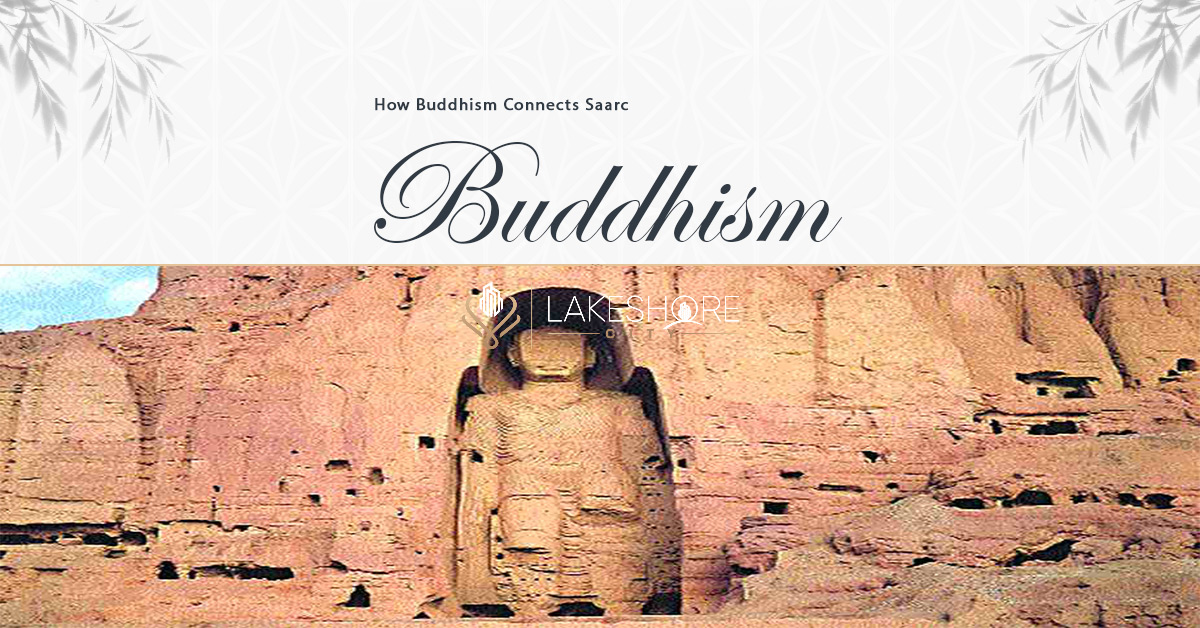Pakistan assertively acknowledged its past at a South Asian conference in the Maldives during the Zardari administration, not as it imagined it through the typical neo-religious prism as Ziaul Haq did.
The cultural pavilion in Male displayed Pakistan’s world-famous image of the fasting Buddha from Taxila’s treasure trove of treasures and Mohenjodaro’s deep past. Every Saarc nation uses its past to define itself during such summits. Historical motifs are often influenced by how people see their identity in the present and how they want to project an imagined past into the future. Choices change with time.
The Indian government favors Hindutva over liberal Hinduism and gives foreign dignitaries Geetas. Thus, the state expresses a political-mandated identity problem. The visiting dignitary would have seen India’s centuries-old cultural blend under Jawaharlal Nehru or his daughter in more confident times.
Well-produced graphic books portraying a more socially woven India were likely farewell gifts. There was one on South Asian men’s turbans, comprising Muslims, Sikhs, Hindus, Parsis, and Jains. The Brahminical impulse to assimilate Buddhism, Jainism, and Sikhism and restore religions from a socially fragmented background mocks reality.
Saarc summits choose historical motifs based on rulers’ current identities.
Zardari’s Pakistan emerged from its created past in Male. India, on the other hand, is rushing toward the abandoned sectarian idea of a mosaic identity.
In recent years, the Pakistan high commission in India has gifted officially published publications about Pakistani Hindu and Sikh history and architecture, which has received less attention. I also requested literature on Pakistan’s Christian and Parsi past. A journalist colleague, Reema Abbasi, wrote a well-researched book about Pakistani Hindu temples. The Indians adored it.
It depends on where you want to start your history. Most Pakistanis, motivated by Zia religious nationalism, identify with Mohammed bin Qasim’s invasion of Sindh. The truly curious travel back to Buddhism and even earlier than 2,500 years when Buddha was born in Lumbini, Nepal.
During a 10-day silent retreat at Vipassna in Kerala, I saw that the eight Saarc states have a Buddhist connection more than a Hindu, Muslim, or Christian one. This was not the main topic of knowledgeable Vipassna teachings. Just how the mind wandered throughout practice.
We know about Pakistan’s Buddhist past and Afghanistan’s Bamiyan Buddha sculptures. The statues, built in 507 AD (smaller) and 554 AD (bigger), were Gandhara art in a mixed style. They were 35 and 53 meters tall when Afghan Taliban zealots destroyed them in 2001. Bhutan and Sri Lanka are Saarc’s two Buddhist members, but they practice different Buddhism. Sikkim may have been a third South Asian Buddhist kingdom if India hadn’t conquered it in 1975.
What about others? India exported Buddhism, yet it didn’t seem to honor Buddha’s teachings. We cannot find a single ancient stock Buddhist. Instead, Dr. Ambedkar converted untouchables into neo-Buddhists.
The third largest community in Bangladesh is Buddhist, largely tribes from Myanmar-bordering areas, which was a welcome surprise. We need to convey the Maldives’ Buddhist connection. In the end, the Maldives has the most fascinating story about how Buddhism arrived.
The first Maldivian texts, sculpture, and architecture date to the Buddhist-promoting rulers. Copper plate edicts from the late 12th century AD mention the conversion to Islam.
I went to the 1997 Male Saarc summit from Colombo. The Maldivian envoy to Sri Lanka told me a fascinating story about how Islam arrived on his island nation. Rannamaari was a demon. Every week, simple Buddhists had to provide him a young virgin girl at his hilltop temple retreat. Raped and slain, the girl was found in the morning. Moroccan visitors learned of the hardship and offered to halt it. He hid in the dark shrine and discovered the monarch was the killer. The Moroccan never revealed the king’s dark identity after he converted to Islam.
I remember that Maldives Muslim fundamentalists destroyed Pakistan’s Buddhist exhibits at the Zardari-era Male Saarc meeting, perhaps in 2012. They then vandalized the country’s history museums with valuable Buddhist paintings. I believed India, a culturally syncretic nation, would stop Pakistan’s damage and regain its old heritage. But India watched silently. The quiet of Vipassna was not it.
Our Featured Article:
Read More: Modern World Discovered the Ancient Truths of Buddhism
Don’t miss the chance to invest with Lakeshore! Secure your investment today by investing your financial investment with Lakeshore in the following available options like Lakeshore City, Lakeshore Club, and Lakeshore Farms.
For More updates, please Contact +92 335 7775253 or visit our website https://lakeshorecity.com/
Lakeshore City is the upcoming elite lifestyle at Khanpur Dam. Offering no parallel amenities for the members and owners of distinguished farmhouses.
Become Part of Luxurious Lifestyle
Contact: 0335 7775253



